Anna Rosati
Born in Bologna in 1956, artist, photographer and graphic designer. Collaborator with Fulvio Roiter, she will be responsible for important reportages published by publishing houses and magazines of excellence, among which Image, Master, Qualità, Il Piacere, Weekend. AIRF Member (Italian Association Reporters Photographers). She travels to the United States, Latin America, Asia and Africa, where documents international cooperation projects, followed by exhibitions in prestigious locations, in Italy and abroad. Graduated DAMS (Unibo), plus University Higher Education ‘Teacher and Prison’, in 2011 she created ‘Ri-prendere©, projects of art and photography’, artistic photography workshop that takes care of and leads inside the Minor Penal Institute ‘P. Siciliani’ ,Bologna. 2013, she was among the finalists OFF Circuit,
as part of the International Photo Lux Festival, Lucca. 2016, ‘Ri-prendere©‘ is carried out with the patients of the Montecatone Rehabilitation Institute, Imola: the works produced have been collected in a Art volume curated by her and presented at ARTE FIERA 2018 (Bologna). 2017, she inaugurates the expositions of ARCOS – Contemporary Art Museum Sannio, Benevento, with her photographic project Km0 Bologna / London.
Tempus Spiritus
The elsewhere, staged, describes and sublimates the unstoppable fall of time, in its monumental decay.
The role of life as an ‘infinite ephemeral apparatus’ has generated in mankind the need to build architectures and symbols capable of welcoming and retaining what passes, elusive. Here, then, that Anna Rosati dramatizes the ‘eternal song of the spirit’, according to an investigation which in one of the places of the spirit par excellence, the Certosa Monumentale of Bologna, proposes an ideal reflection, abandoning the purely nefarious character and dwelling, on the contrary, on the concept of soul rest, of spiritual pathos.
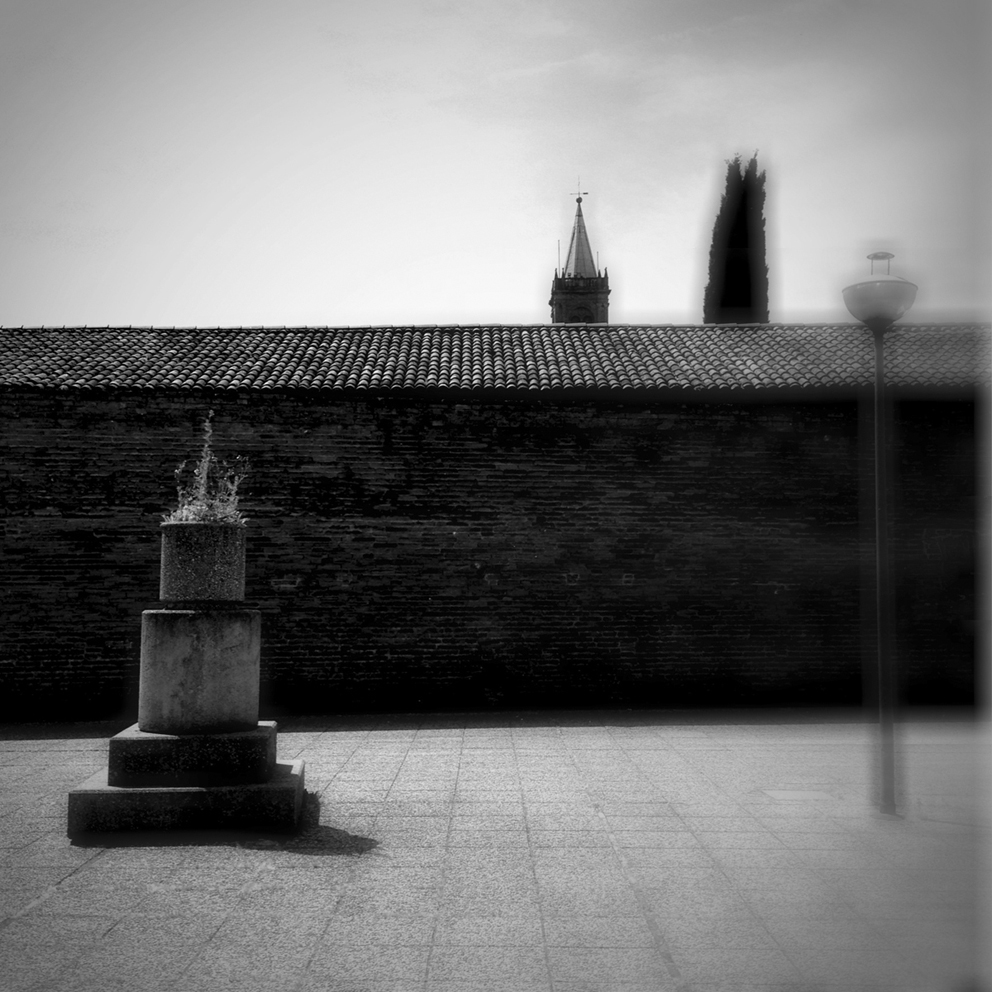
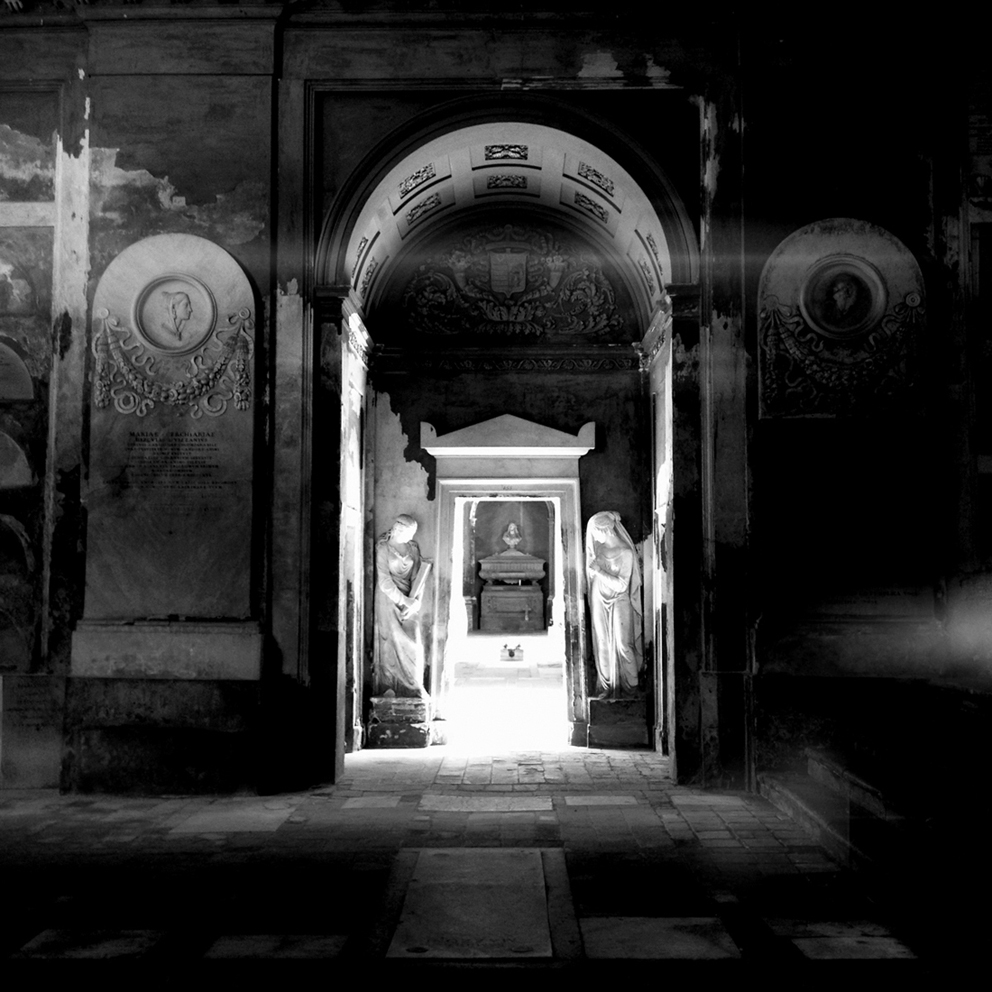
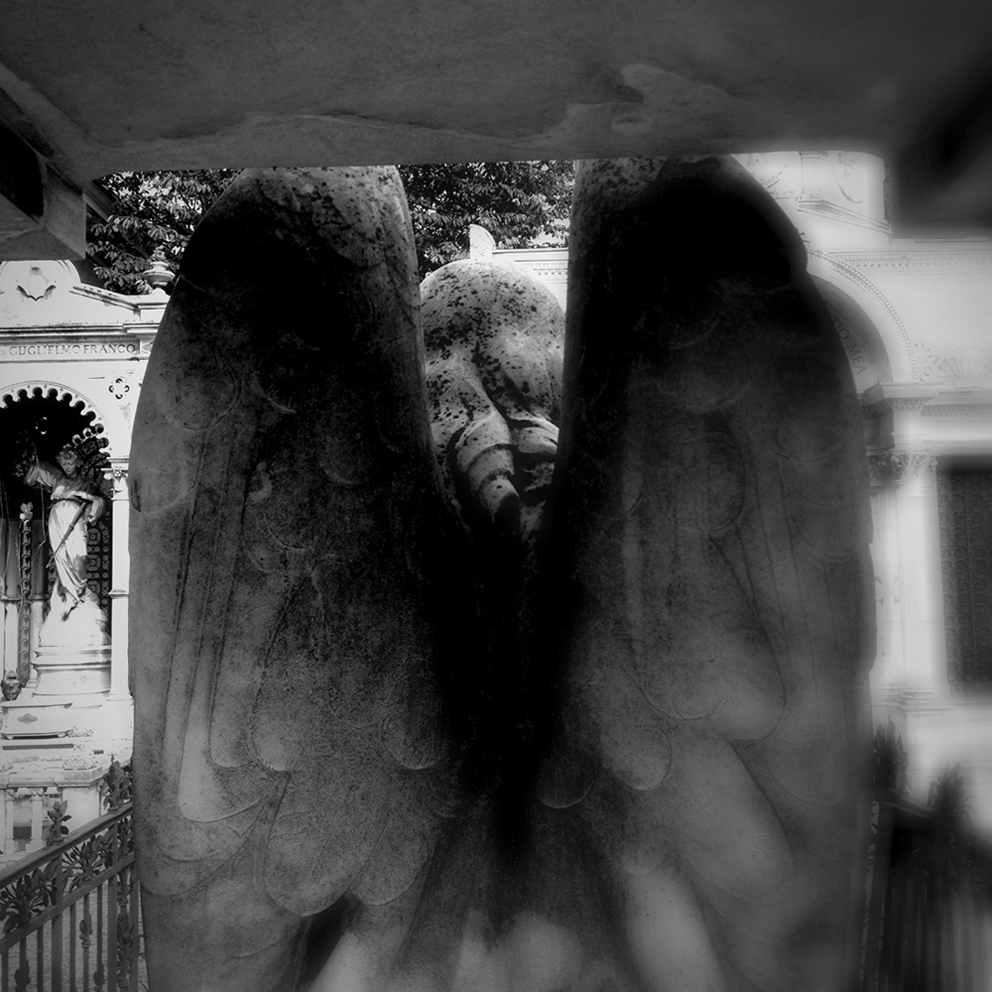
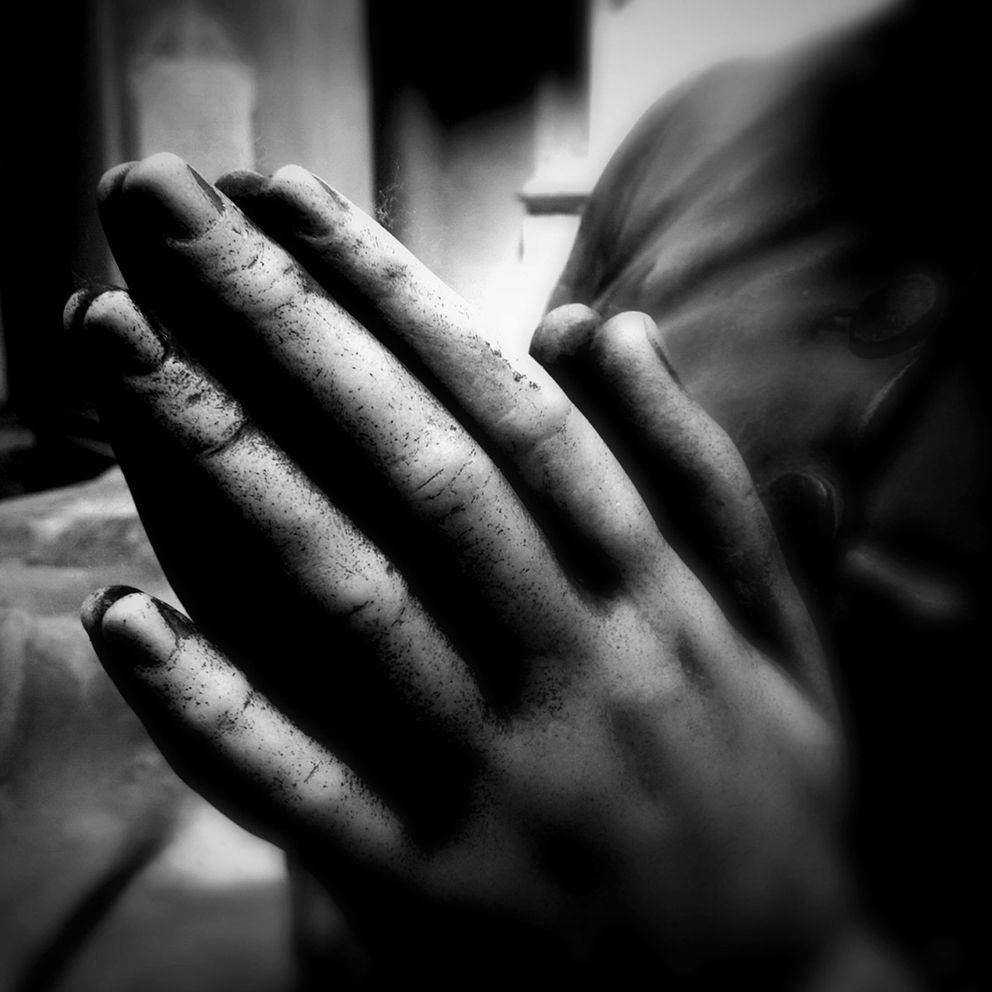
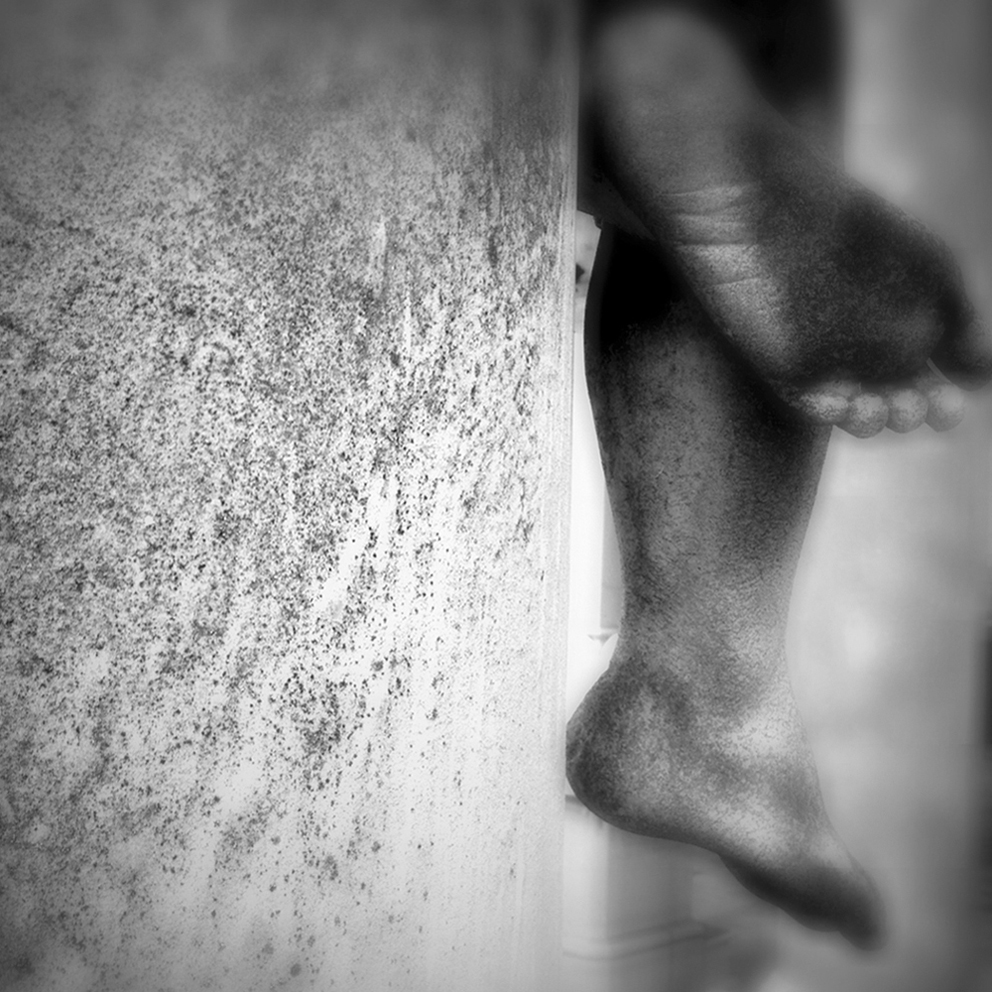
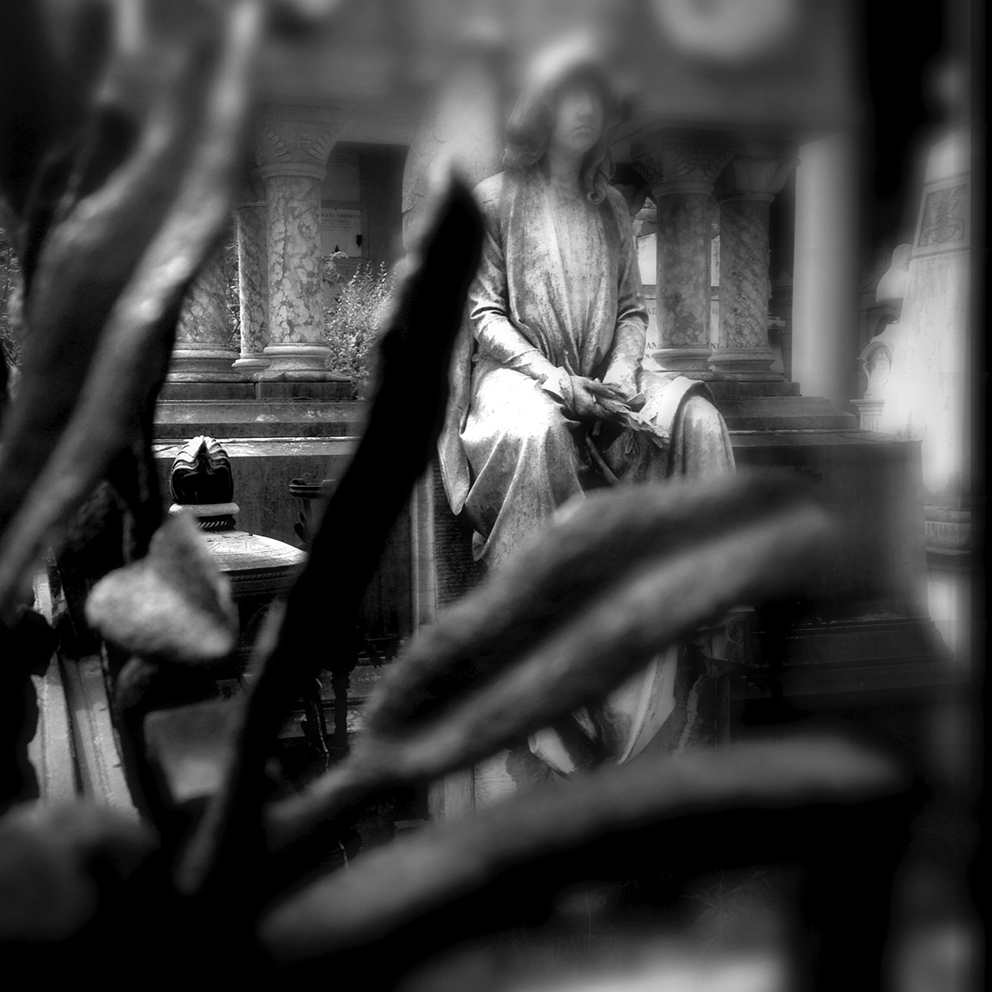
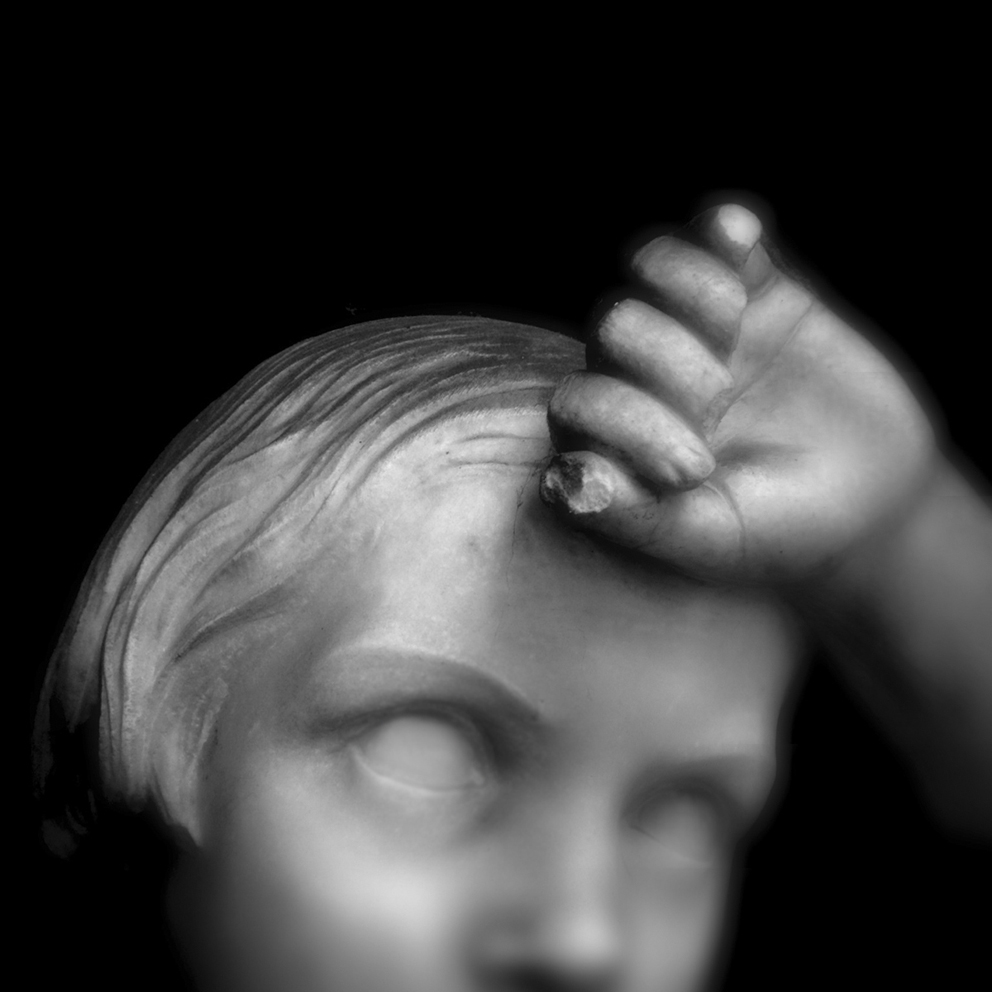
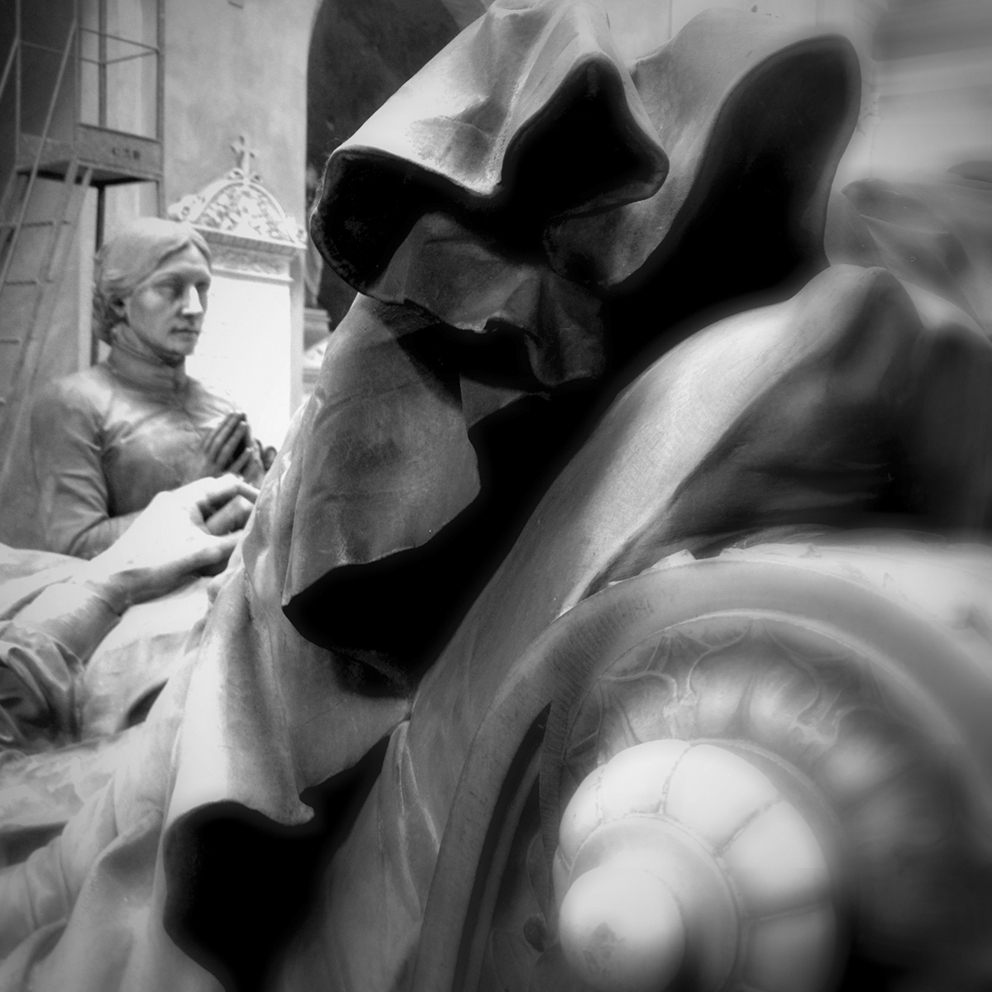
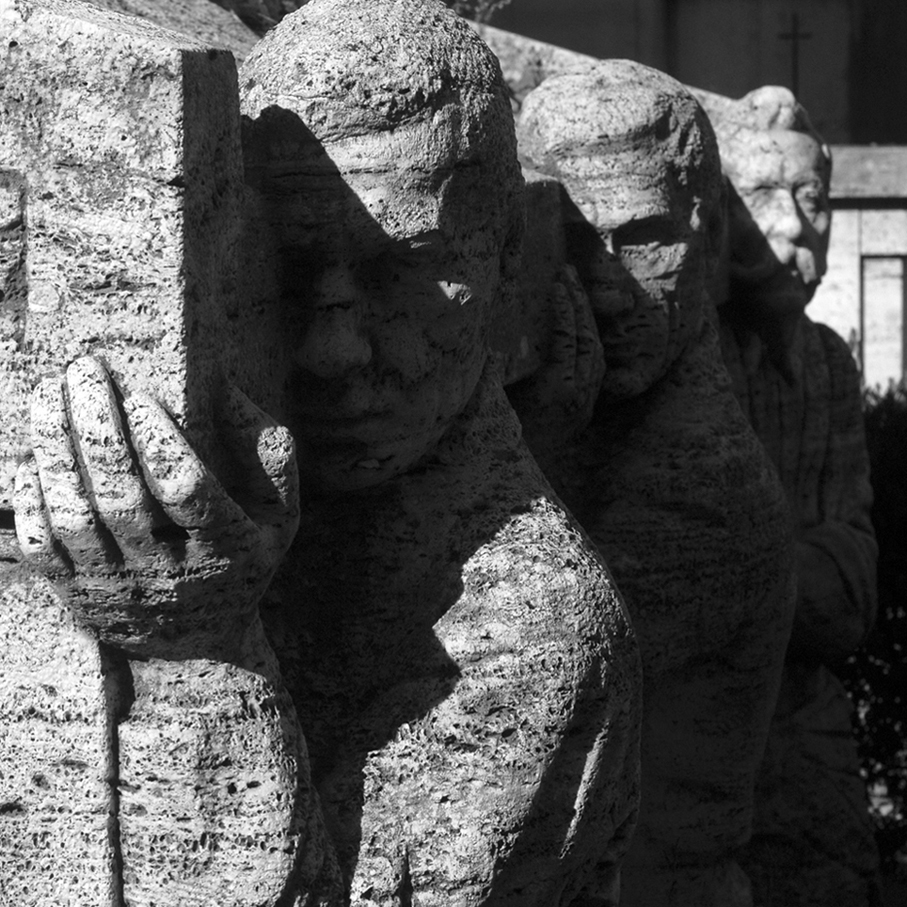
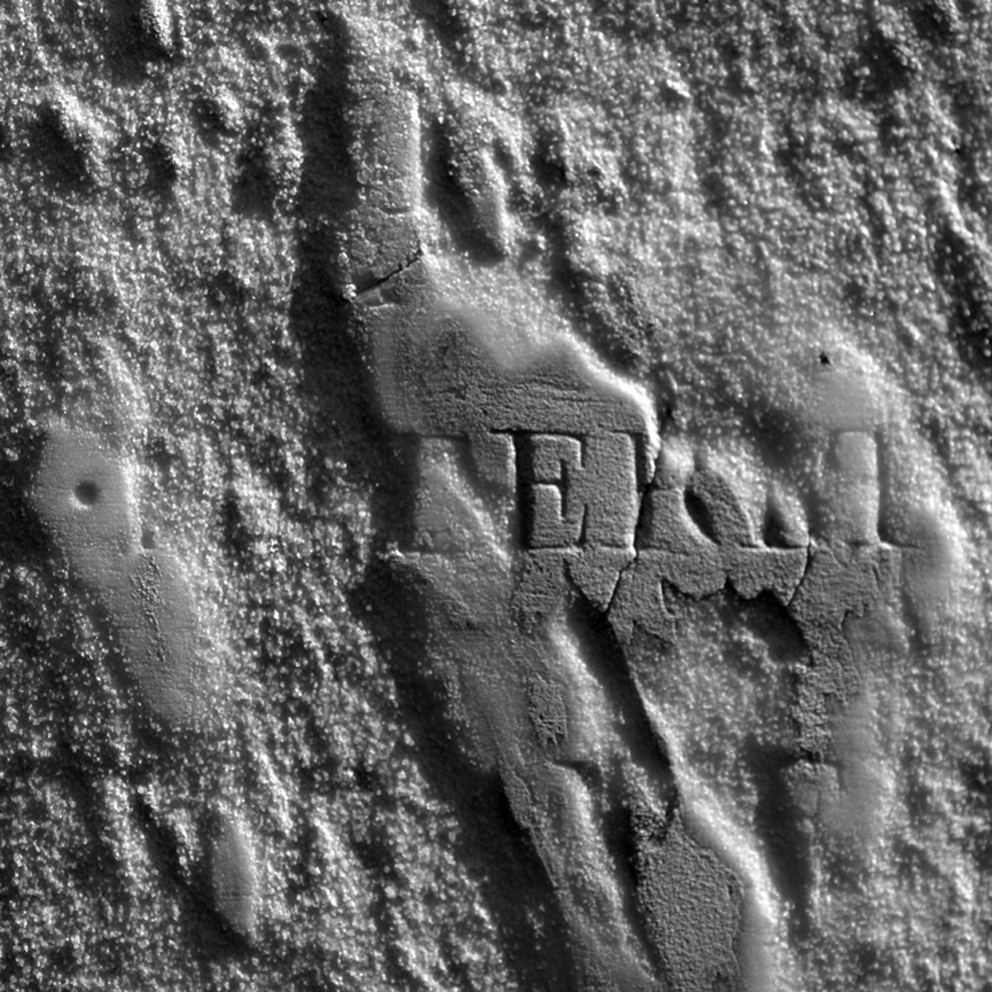
Coating
‘Our leather is a very fine warp, an imperceptible weft of ‘fabric’ spun with skill. In its inexhaustible ability to protect by perceiving, at the same time – sensitive and receptive – the external world that surrounds us, it offers, with extraordinary reactivity, its resilience and proposes, in a neuralgic continuum, the perennial reconstruction of its original aspect, margin extreme to our living in the world ‘.
Fragments, silent narratives full of pathos, are revealed in the strong luministic contrast designed to indicate the extreme sublimation, sort of epiphanic transcendence in continuous evolution.
